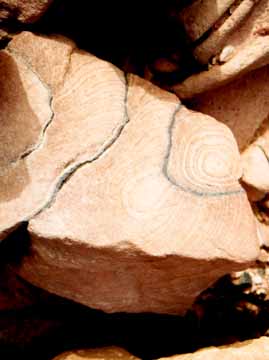
Egypt 2003 - Geology
I didn't see much of the geology of the Cairo area, it being obscured under vast and seemingly chaotic urban development. The most prominent rock type at Aswan is the red granite, much favoured by the Ancient Egyptians, and transported by them down the Nile in vast quantities. Geology in Sinai could not be ignored. Towards the north of the mountain area, huge black dyke swarms can be seen criss-crossing the precipitous slopes. The Serabit el Khadem area has a very varied selection of rocks and minerals, including, of course the turquoise deposits which were largely worked out over a period of several thousand years. The mountains of the St Katherines area are mostly a mixture of black and red granites, while the desert areas of south Sinai are made up, mostly, of various kinds and colours of sandstone. Other areas show classic limestone scenery, and the coast near Dahab seems to be a continuous succession of coral reefs, from the living coral fringing the shore, a few feet below sea level, to the fossilised material a few feet above. Wind-blown sand, and the erosional results of that, are also prominent in many areas.

Banding in sandstones, Serabit el-Khadem
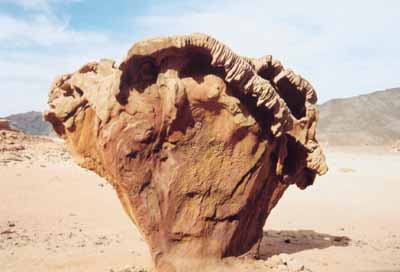
"Mushroom" rock (wind-eroded sandstone) near Ein Khudra, Sinai
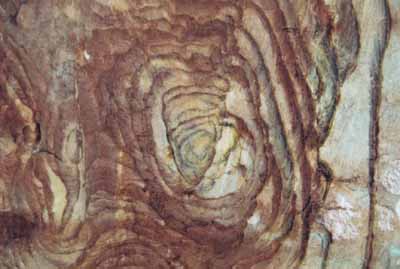
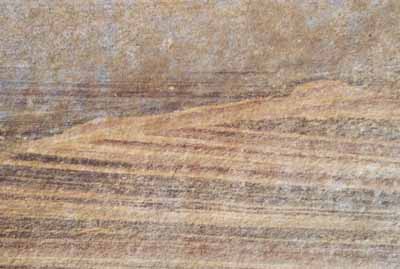
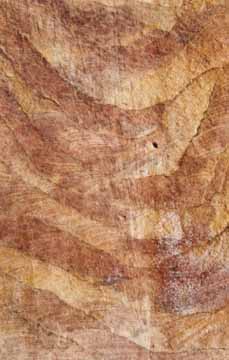
Mineralised and stained cross-bedded sandstones in the "Coloured Canyon", Sinai.
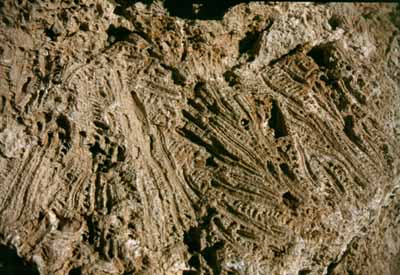
Fossilised coral, probably between 10,000 and 2 million years old, just a few feet above sea level, and the living coral reef at Blue Hole, near Dahab on the Gulf of Aqaba
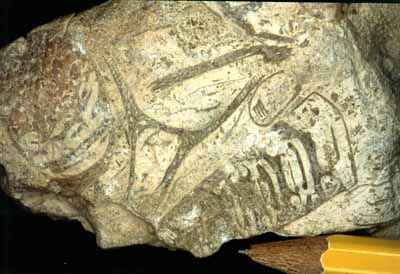
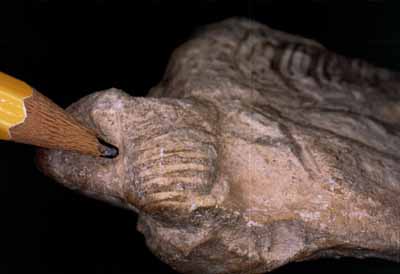
Fossil (?vertebrate) in pebble from the White Canyon, Sinai
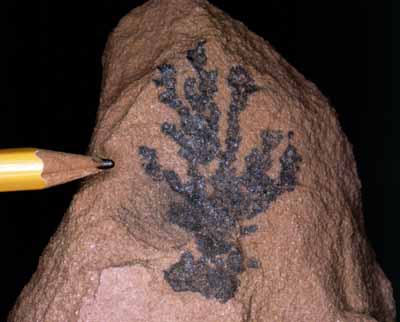
Dendritic pyrolusite from Serabit el Khadem
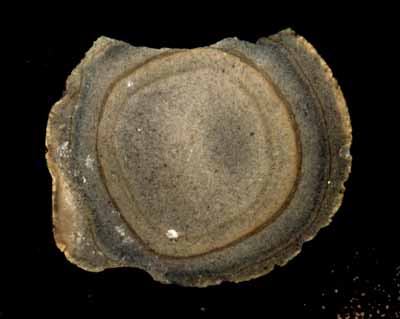
Banded nodule, Gebel Musa